- 28 Posts
- 47 Comments

 1·25 days ago
1·25 days agoIncomprehensible comment.

 1·25 days ago
1·25 days agoYeah, it’s still popping.

 3·25 days ago
3·25 days agoHonestly, I totally get that. But for what it’s worth, the game is more than just maximizing efficiencies like this. This is just a crazy case for me.

 21·25 days ago
21·25 days agoMultiboxing is not botting. Conflating the two implies ignorance.

 16·26 days ago
16·26 days agoFor context, “multiboxing” is running multiple clients at once, and usually stacking them on a single monitor and rapidly flicking through them with a program like EVE-O Preview to activate commands with the mouse in short order. It is allowed in EVE, it is not against the TOS. Some people multibox with tiled windows, or one per monitor, though, because they prefer it for various reasons.

 11·2 months ago
11·2 months agoIt blew my mind because I wasn’t expecting it.
does dbz talk shit different than other anime? I feel like everyone kind of talks shit to everybody else in every anime with heroes and villains.
I don’t know. Never watched it.
Was he saying that talking mad shit was specifically compelling to black people?
That is what he meant. I interpreted it as “fuck yeah dude, that shit rules” more than “we talk shit” but who the hell knows.

 65·2 months ago
65·2 months agoI towed a guys truck one time. Nerdy fella, talked a ton. Said he loved DBZ. I fucking went for it, said “yo why did every one of the black dudes I know growing up love DBZ?” And without missing a beat he looks at me and goes “they talk MAD shit in the show man.” Blew my mind.

 2·3 months ago
2·3 months agoThe controller support seems good, but this style of platform shooter is pretty rough in general with the swivel aim. I think you could skip this one if you are a controller user (I love them too).

 4·3 months ago
4·3 months agoGot any wise tips on how to enjoy the game, without giving anything away? I am at home in these sandboxes, but wouldn’t want to miss out on something fun.

 2·4 months ago
2·4 months agoIt isn’t sleeping, I’m just being dramatic. But, simple insects often just have resting periods, kind of like a cat. They’re still alert, generally.

 1·4 months ago
1·4 months agoThank you. I feel better now.
So there’s a neat trick for Odonata to differentiate between Damsels and Dragons. Look at the wings — do they “fan out” or are they “in line” with the abdomen? If they “fan out”, and all four wings are roughly the same shape and size, it’s a Dragonfly. If the wings are “in line” with the abdomen and the forewings and hindwings have slightly or even dramatically different shapes, it’s a Damselfly.
Using this logic, we’re looking at a Damselfly here. This can be confirmed by looking at the insect’s body, it’s very slim, whereas Dragonflies tend to have stouter body segments.
As for a species, at a glance, it looks an awful lot like an Ebony Jewelwing to me, but I’m not going to identify it with those pictures, as pretty (and haunting) as they may be, there isn’t enough detail to use a key. But the colors, shape, and wing patternation are decently convincing that this is a female Calopteryx maculata.
Thanks for sharing!

 2·4 months ago
2·4 months ago
 2425·1 year ago
2425·1 year agodeleted by creator
There’s a grain of truth in here, but not quite. One in every four or so (not quite, but we can roll with it regardless) identified species of animal is a beetle. Not one in every four animals, by population nor overall species.
The reasons for this is are many, but may include because beetles are big, easy to catch, agriculturally-significant, and are particularly easy to pin and study, dramatically boosting the count of beetle species we work with on an academic level (lending to higher identification rates). There are also just a shitload of beetle species, naturally.
Scientists estimate something closer to ~10 million species of animals, which would still make beetles a huge percentage of the species, but a far cry from 25%. If you looked at the total number (estimated) of individual animals, beetles are pretty insignificant.
Source: Studied entomology and love me some Coleoptera

 361·1 year ago
361·1 year agodeleted by creator






Removed by mod